 1815 - 1905
realism
1815 - 1905
realism
Description Adolph von Menzel
Adolph von Menzel emerged as a luminary in 19th-century German art, transcending the conventional boundaries of his time. Born in Breslau (now Wroclaw, Poland), Menzel exhibited an early aptitude for drawing, capturing the vivacity of urban life. His father's disapproval of an artistic career led Menzel to work as a lithographer, honing his technical skills.
Menzel's breakthrough came with "The Iron Rolling Mill" (1875), a masterpiece portraying industrial labor with unprecedented dynamism. His meticulous attention to detail and innovative use of perspective reflected a deep fascination with the evolving societal landscape. While he painted historical and genre scenes, Menzel's true genius lay in his ability to infuse ordinary moments with a timeless significance.
Not confined to a single style, Menzel navigated the shifting currents of German art, transitioning from Romanticism to Realism. His dedication to authenticity is evident in works like "Frederick the Great Playing the Flute at Sanssouci" (1850), blending historical accuracy with a psychological depth rarely seen in historical painting.
Menzel's career mirrored the turbulence of his era. He witnessed the unification of Germany, industrialization, and social upheaval. Despite his contemporaries' embrace of modernism, Menzel clung to traditional techniques, asserting that "art is eternal, and only the forms change." His introspective approach to art, akin to a historian's meticulous examination of the past, set him apart.
As a chronicler of the human experience, Menzel's legacy extends beyond canvas and brushstrokes. His unwavering commitment to his craft, coupled with an acute awareness of societal shifts, immortalized him as a steadfast guardian of artistic tradition amid the flux of modernity. Adolph von Menzel, the unassuming visionary, left an indelible mark on the canvas of art history, bridging epochs with an enduring aesthetic legacy.

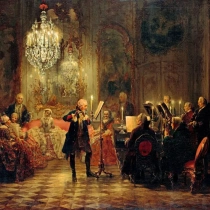

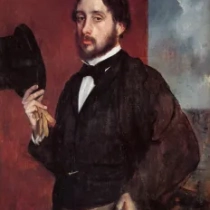



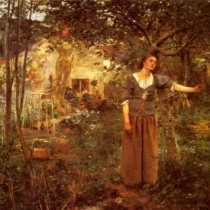






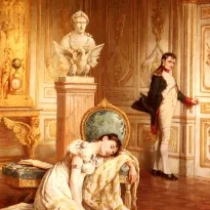








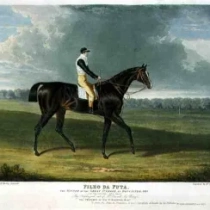
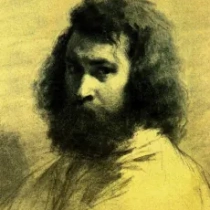

















No Comments Yet...